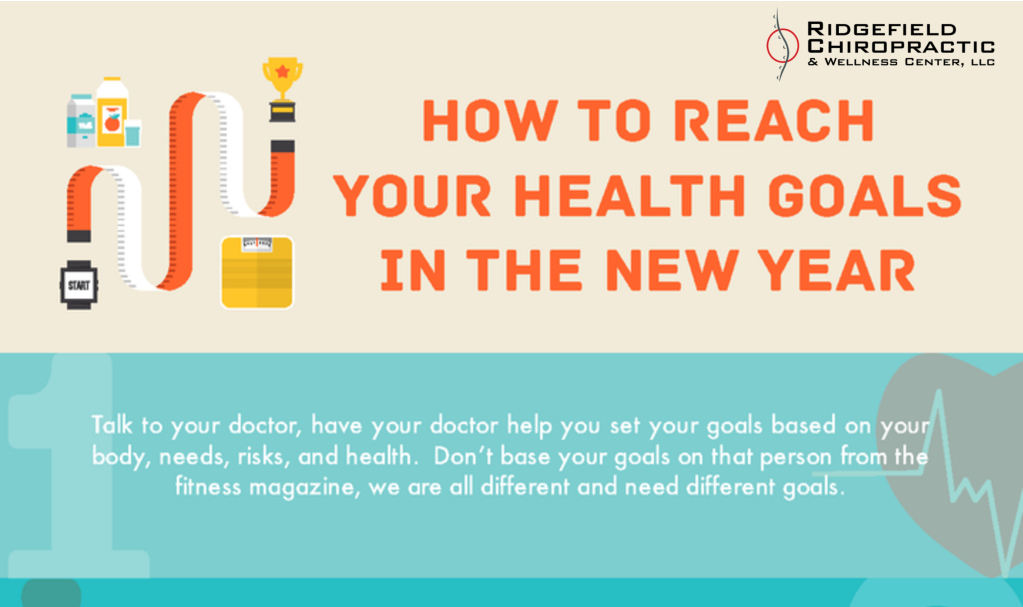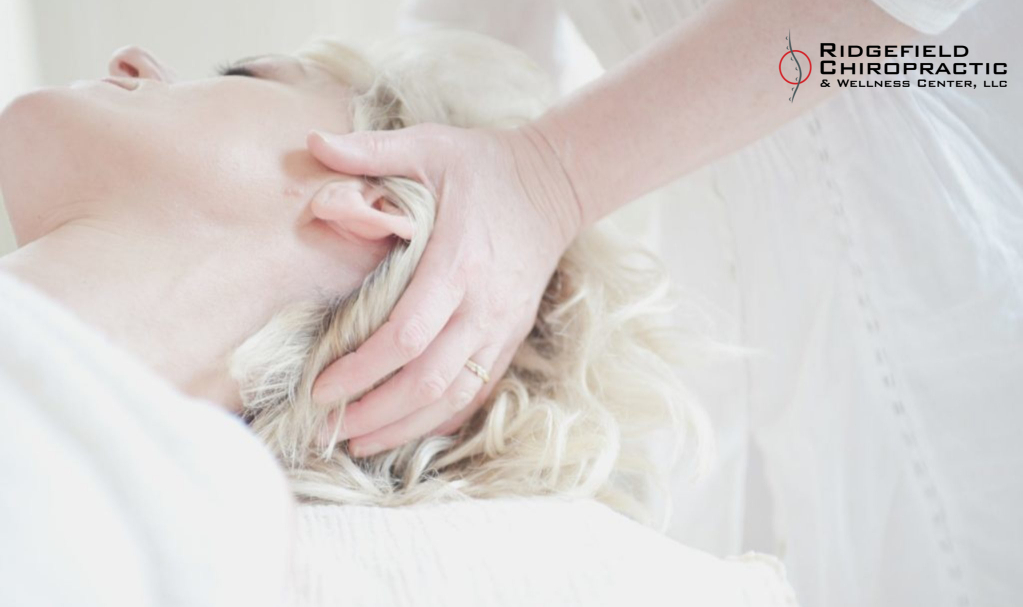How to Reach your Health Goals in the New Year

January 1st, the time of year gym memberships soar, diet pills fly off the shelves, and your social media feed is filled with “how to lose weight” advice, and supplements that “guarantee instant results.” Considering the decline of gym memberships drops drastically by February and cuts in half by May, how do you keep your […]
How to hit Your Goals This Year (Without Pain!)

Did you know that, worldwide, back pain is the single leading cause of disability? When it’s severe, it can prevent people from engaging in work and leisure activities, creating a pronounced negative impact on quality of life, and making it hard to enjoy the things you used to love. Back pain is also one of […]
